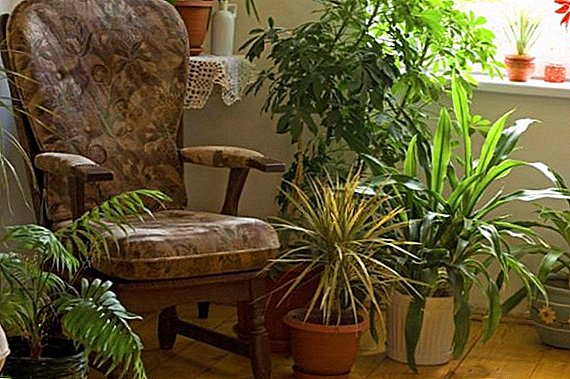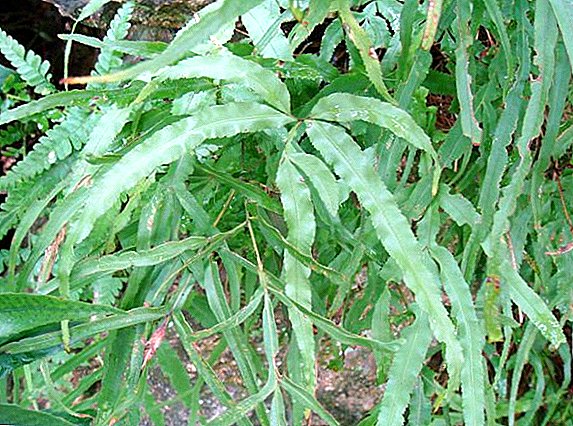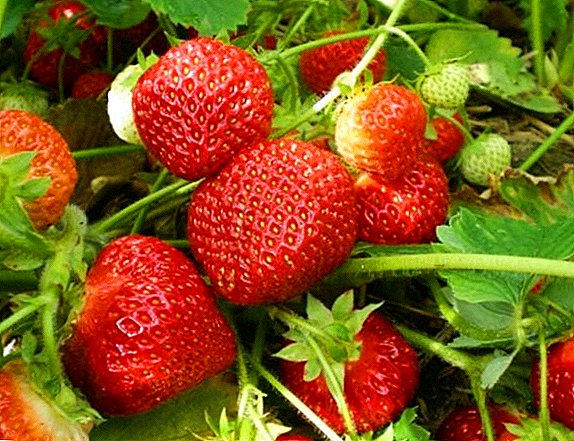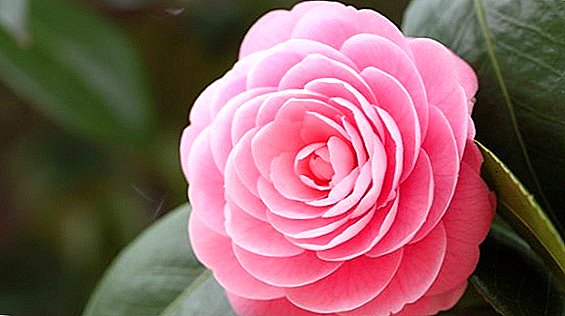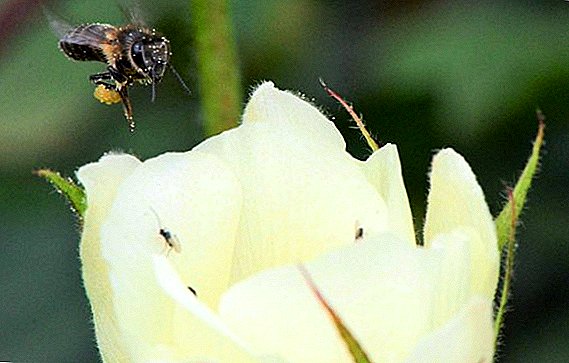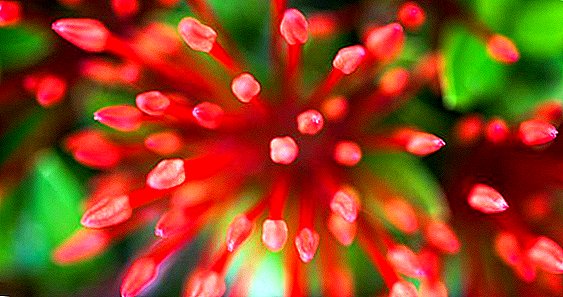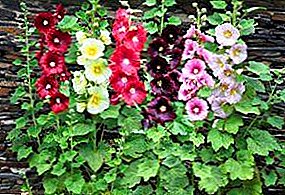
If you want to make your garden plot original, plant a mallow. When it blooms, it seems that the house is full of flowers. It will turn out especially original if there is a rich palette of shades and colors.
A variety of colors satisfies the most exquisite taste, and the compositions in combination with this plant will not leave anyone indifferent.
Perennial mallow
Flowering perennial originally from Asia, commonly used by gardeners. It reaches a height of about two meters, so it is ideal for creating an accent on flower beds, looks great at the fence and as a background for multi-level compositions. A huge number of varieties of different height, with terry, large and diverse flowers.
Malva drought-resistant, unpretentious and cold-resistant. It grows on any soil, but is oppressed on heavy wet or very scarce dry soil. The place fits any, except for a completely shaded or very blown.
Gardener on the note - Astilbe, growing and care.
Features care for Asters read here.
All the secrets of growing roses at home //rusfermer.net/sad/tsvetochnyj-sad/vyrashhivanie-tsvetov/uhod-za-rozami-v-sadu-kak-vyrastit-rozovyj-kust-samomu.html.
Planting mallow
Be sure to note that the plant does not like transplants, as it has long roots that are easily damaged. Due to the high content of sugar and mucus, the root quickly molds and rots, which will inevitably lead to death.
 Therefore, when making a plot, choose a permanent place, protected from powerful gusts of wind.
Therefore, when making a plot, choose a permanent place, protected from powerful gusts of wind.
Malva loves dry summer and the scorching sun. The roots are able to draw moisture from the deep layers of the soil, so that summer adversities are not terrible for it, except for prolonged rains.
Sowing seeds is best done in late April or early May, at a depth of 2-3 cm, 25 * 25 cm scheme. In favorable weather, the seeds will germinate within two weeks. Until the seedlings are stronger, regular loosening and removal of weeds will be required. Until the end of the season, the plant will have time to develop, grow stronger and create a good outlet. In the first year of flowers you can not wait, but the leaves will already be large and beautiful.
Help the winter without loss to the plant: make shelter with fallen leaves, and it will thank for its flowering. Also for a successful wintering, do not cut the stem along the entire length of an adult flower. Thus, it will hold more snow and protect itself from freezing.
Growing chrysanthemums on your site.
Proper care of flowers peonies //rusfermer.net/sad/tsvetochnyj-sad/vyrashhivanie-tsvetov/pravila-osennej-i-vesennej-posadki-i-uhoda-za-pionami.html.
Mallow growing in your garden
 Of the variety of species and varieties of mallow there are one-year, biennial and perennial. The most common acquired perennial flowers for endurance and unpretentiousness.
Of the variety of species and varieties of mallow there are one-year, biennial and perennial. The most common acquired perennial flowers for endurance and unpretentiousness.
Such plants bloom only from the next year after sowing the seeds.
In the second year, the root system will develop, and the mallow will throw out long tall stems with knotted flowers, which occupy most of the stem and bloom upwards. Bloom start in June-July and until September.
Collect them when the boxes turn yellow, and then dry them indoors. If you collect seeds of different colors and sow in the ground, you can get unexpected hybrids and a riot of colors.
Recommended for reading: Early varieties of tomatoes.
Varieties of varieties of common lilac //rusfermer.net/sad/tsvetochnyj-sad/vyrashhivanie-tsvetov/sorta-sireni-kazhdyj-kust-prekrasen-na-individualnyj-maner.html.
Mallow diseases and control
 All mallow diseases are associated only with excess water - too wet soils or frequent rains. Common flower diseases: powdery mildew, spotting, leaf rust, mosaic virus, etc.
All mallow diseases are associated only with excess water - too wet soils or frequent rains. Common flower diseases: powdery mildew, spotting, leaf rust, mosaic virus, etc.
When a disease is detected, completely remove the affected leaves and treat with antifungal agents.
Cultivation of mallow does not require special care, it is easy to breed and it takes root anywhere. Planting this plant, you will see that beauty does not always require sacrifice. Malva - a beauty without whims!


 Gardener on the note - Astilbe, growing and care.
Gardener on the note - Astilbe, growing and care. Growing chrysanthemums on your site.
Growing chrysanthemums on your site. Recommended for reading: Early varieties of tomatoes.
Recommended for reading: Early varieties of tomatoes.